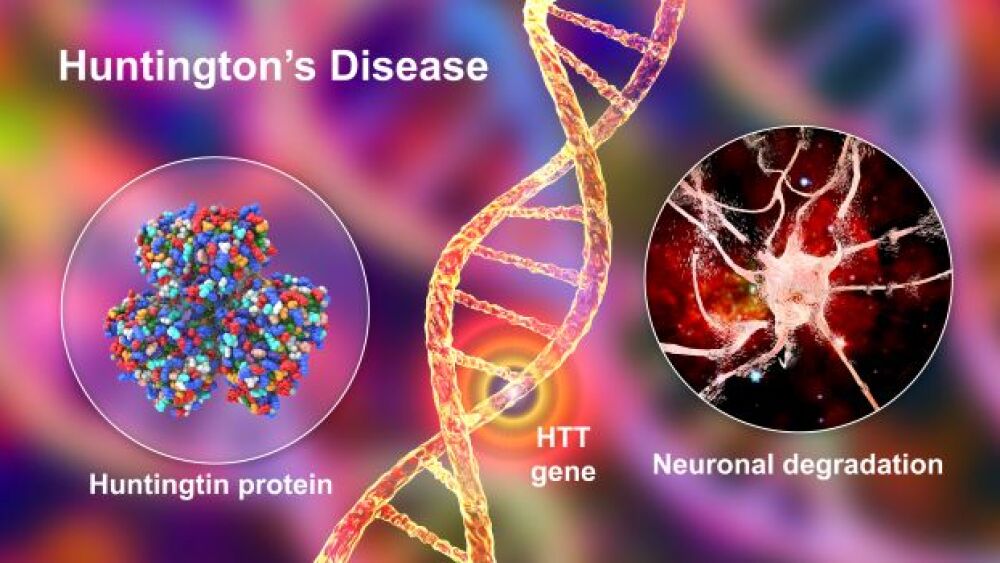Annexon released final data from an open-label phase II clinical trial, showing that its drug candidate ANX005 safely stabilized disease progression in patients with Huntington’s disease.
California-based Annexon released final data Tuesday from an open-label phase II clinical trial, showing that its drug candidate ANX005 safely stabilized disease progression in patients with Huntington’s disease (HD).
The findings, which were shared by company representatives at a conference call, revealed that over a 6-month treatment period, Annexon’s drug successfully prevented significant worsening of disease symptoms and preserved motor and cognitive function, as well as functional capacity, in HD patients. These effects remained durable over the next three months despite being off-treatment.
Of note, ANX005 appeared to be more beneficial for patients with more aggressive disease at baseline, as measured by elevated levels of the C4a molecule in cerebrospinal fluid. ANX005 treatment in these patients yielded symptom improvements as soon as six weeks after the first dose, which were maintained throughout the remainder of the on-treatment and subsequent off-treatment periods.
By targeting C1q, the starting molecule of the classical component cascade, ANX005 represents Annexon’s unique approach to Huntington’s disease.
Indeed, results of this phase II trial showed that during the treatment period ANX005 was able to completely and rapidly suppress C1q levels in the patients’ serum and cerebrospinal fluid. This effect was also durable, persisting for about one month after the final ANX005 dose.
In terms of safety, ANX005 gave no new signals than what had previously been reported. Three patients discontinued the trial due to side effects potentially related to the study drug. All three cases improved or were completely resolved after treatment cessation. Nevertheless, data from prior trials, enrolling more than 170 patients, have shown that ANX005 is generally well-tolerated across multiple indications.
“We are very encouraged by these final data with ANX005, which provide significant insights into our mechanism of action for a chronic neurodegenerative disease where the role of classical complement has been well-characterized,” Douglas Love, Esq., president and chief executive officer of Annexon, said in a statement. “The totality of the data, including robust and sustained C1q inhibition, clear impact on clinical outcomes, and favorable safety results observed, strongly support the potential for ANX005 to treat patients with Huntington’s disease.”
Love added, “Based on these results, we look forward to engaging with regulatory authorities to assess the opportunity for a well-controlled trial in Huntington’s disease leveraging a mechanistically compelling precision medicine approach.”
The phase II clinical trial employed an open-label design and enrolled 28 patients from multiple medical centers. ANX005 was administered intravenously for six months, followed by a three-month, off-label follow-up period. The primary study outcome was the drug’s pharmacokinetic and pharmacodynamic profile. Meanwhile, symptom burden was measured using the Composite Unified Huntington’s Disease Rating Scale and Total Functional Capacity scale.
Huntington’s disease is a progressive and fatal brain disorder, causing uncontrollable movements and cognitive decline. Around 80,000 people worldwide have Huntington’s, while some 300,000 are at risk of inheriting a disease-causing gene. Patients diagnosed with Huntington’s are usually given 15 to 20 years to live.
There are currently no approved disease-modifying treatments for Huntington’s; that is, no drug can yet alter its ultimate course. Several biopharma companies have tried to leverage cutting-edge genetic and molecular technologies against the disease, but success remains elusive. Annexon’s novel approach of inhibiting early and late players in the complement cascade is a promising development in an otherwise frustrating field.






